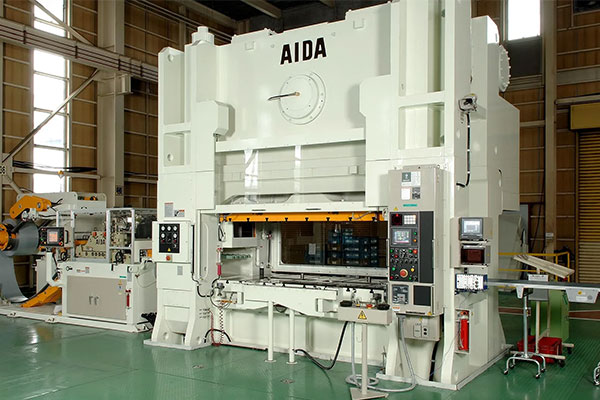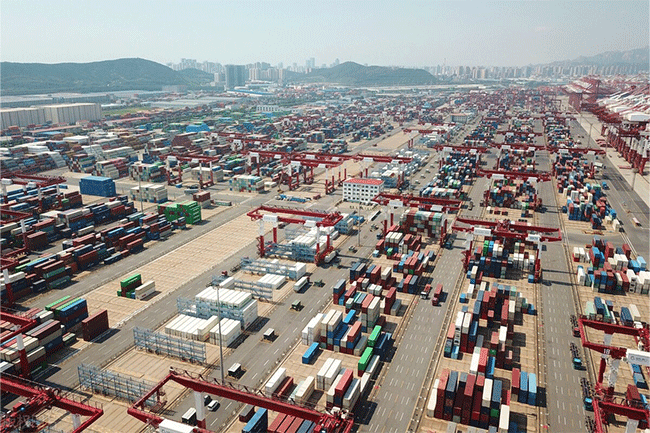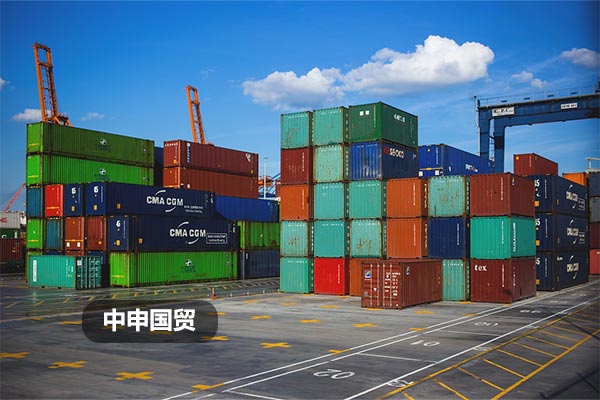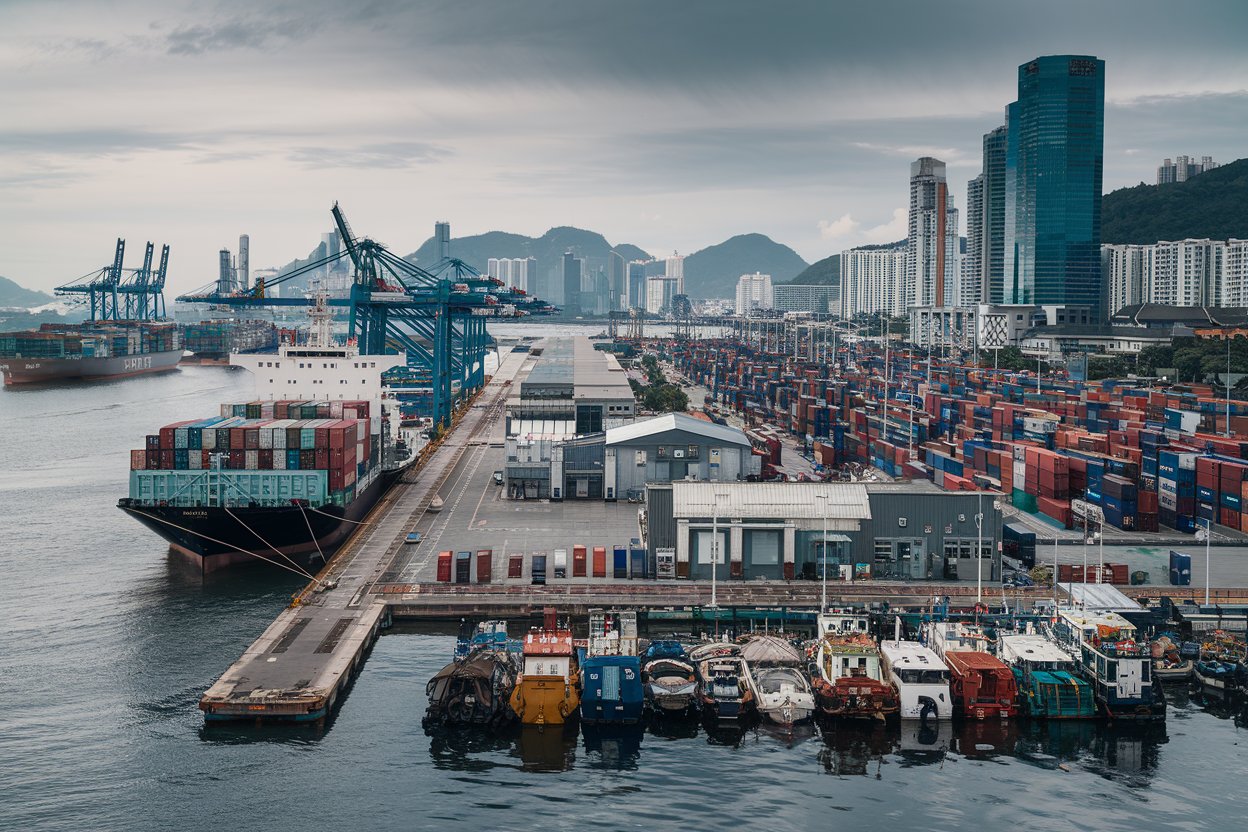- Shanghai Zhongshen International Trade Co., Ltd. - Two decades of trade agency expertise.
- Service Hotline: 139 1787 2118
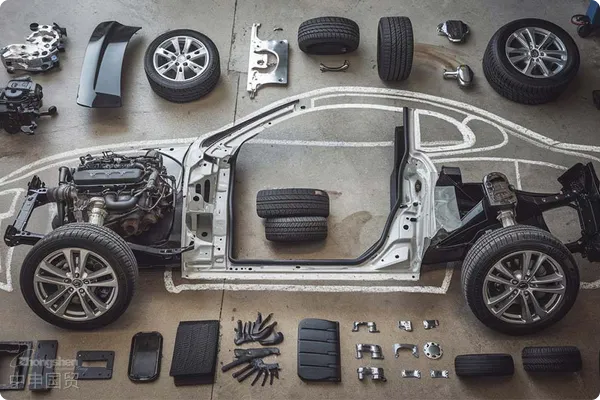
Against the backdrop of deep integration in global industrial chains, pistons as the heart of core mechanical components like engines and hydraulic systems face increasingly stringent technical thresholds and compliance requirements in import trade. As a 20-yearforeign tradeImport Representationexpert, this article will deeply analyze key aspects of piston imports, revealing industry pain points and solutions through practical cases.
Analysis of Technical Complexity in Piston Imports
Piston products are widely used in automotive manufacturing (38%), construction machinery (25%), aerospace (18%) and other fields. According to customs HS code classification, precise matching is required for tariff codes like 8412 (hydraulic pistons) and 8483 (internal combustion engine pistons), where declaration errors directly affect customs clearance efficiency. Latest 2023 EU certification data shows that just ECE R67 (liquefied gas engine pistons) added 3 new emission indicators, extending certification cycles to 12 weeks.
Full-process Risk Management System for Imports
1.Supplier Technical Verification
Established a three-dimensional evaluation model: ① ISO/TS 16949 system certification ② Material test reports (focusing on thermal expansion coefficient of silicon-aluminum alloys) ③ Production process verification (requires provision of honing process parameter proofs)
2.Optimization of Logistics Solutions
Given the specific requirements of precision pistons (surface roughness Ra≤0.4μm), it is recommended to use temperature and humidity-controlled containers for transportation. A case study from a German automotive brand showed that after adopting vacuum anti-oxidation packaging, the transportation loss rate decreased from 3.2% to 0.7%.
3.Tariff planning strategies
By leveraging RCEP rules of origin, a Japanese company achieved tariff reduction from 8% to 0 through ASEAN transshipment. Note the tariff difference between piston rings (7318.15) and complete pistons (8409.91). Proper breakdown declaration can save 4-7% in comprehensive costs.
Industry Frontier Trends and Solutions
1.Challenges of Electrification Transition
The hydraulic pistons used in Teslas 4680 battery production line require IP67 protection rating, necessitating traditional suppliers to upgrade sealing technology. It is recommended that importers establish an Electrification Technology Package including:
- High-voltage insulation coating testing (≥1000V)
- High-frequency vibration test report (0-200Hz)
- Electromagnetic compatibility certification (CISPR 25 standard)
2.Digital Customs Clearance Innovation
A pilot application of the AEO (Authorized Economic Operator) intelligent document review system enabled an agent to reduce piston import clearance time from 72 hours to 8 hours. Key points include:
- Pre-recorded ERP data integration with customs systems
- Blockchain technology for solidifying test reports
- Establishing a dynamic classification database (covering 300+ piston variant models)
3.Require suppliers to provide EPEAT (Electronic Product Environmental Impact Assessment Tool) certification
EU new regulations require carbon footprint labeling for piston products starting 2025. Recommended measures:
- Prioritize procurement of low-carbon aluminum materials (reducing CO? emissions by 6.5 tons per ton)
- Opt for LNG-powered vessel transportation (20% carbon reduction)
- Establish recycling logistics channels (achieving up to 92% scrap aluminum recovery rate)
Practical Case: Cost Reduction and Efficiency Improvement for a Heavy Industry Enterprise
An engineering machinery manufacturer imports 8,000 hydraulic pistons annually, with original comprehensive costs including:
- Demurrage fees: 280,000 CNY/year
- Losses from failed inspections: 650,000 CNY
- Excess tariff payments: 410,000 CNY
Through our designed Four-in-One solution:
- Established dual certification channels with Germanys TUV and Chinas CMA, reducing inspection cycles by 40%
- Developed a multi-port distribution model (Qingdao/Tianjin port collaboration), lowering logistics costs by 18%
- Applied for encouraged project tax exemptions, saving 23% in tariffs
- Implemented JIT inventory management, reducing capital occupancy by 15 million CNY
Ultimately achieved a 37.6% reduction in annual comprehensive costs and improved on-time delivery rate to 99.2%.
Conclusion:
Piston imports have entered an era of three-dimensional competition encompassing technology + compliance + efficiency. The value of professional agency services lies not only in customs execution but also in serving as clients technical compliance consultants, supply chain architects, and strategic partners. Importing enterprises are advised to adopt a full lifecycle management approach and achieve end-to-end optimization through digital tools. In the next three years, with the emergence of new categories like hydrogen-energy pistons and smart self-diagnostic pistons, import agency services will evolve towards integrated technical solutions.
Related Recommendations
? 2025. All Rights Reserved. Shanghai ICP No. 2023007705-2  PSB Record: Shanghai No.31011502009912
PSB Record: Shanghai No.31011502009912
